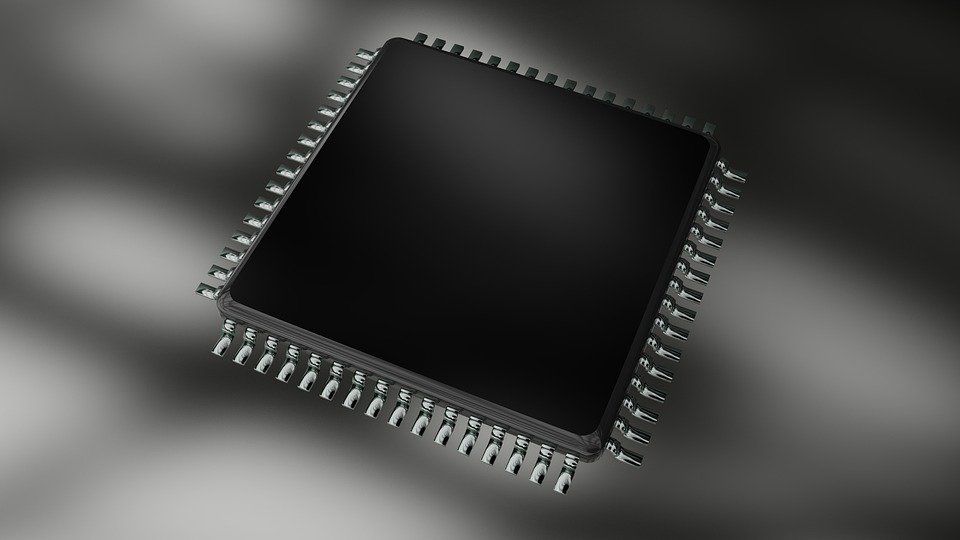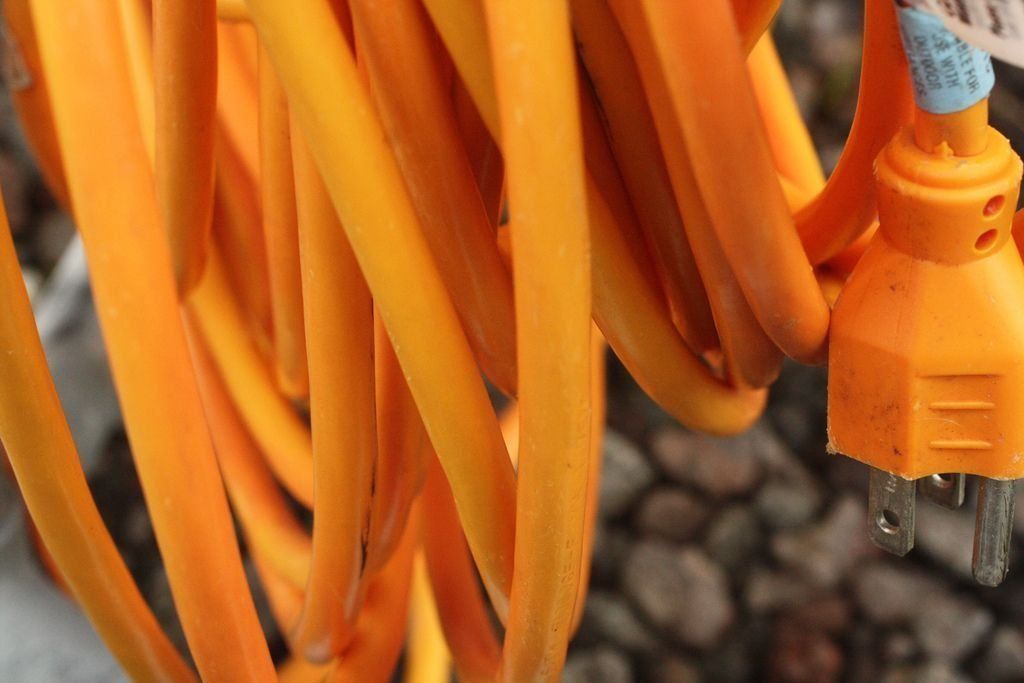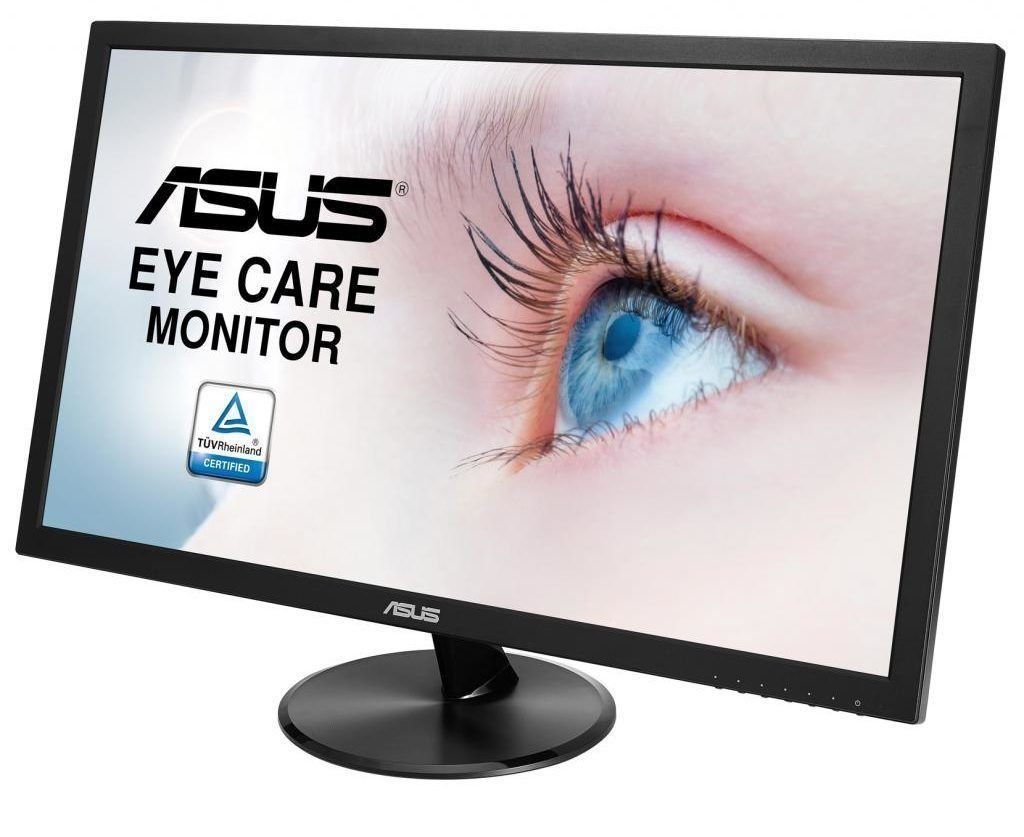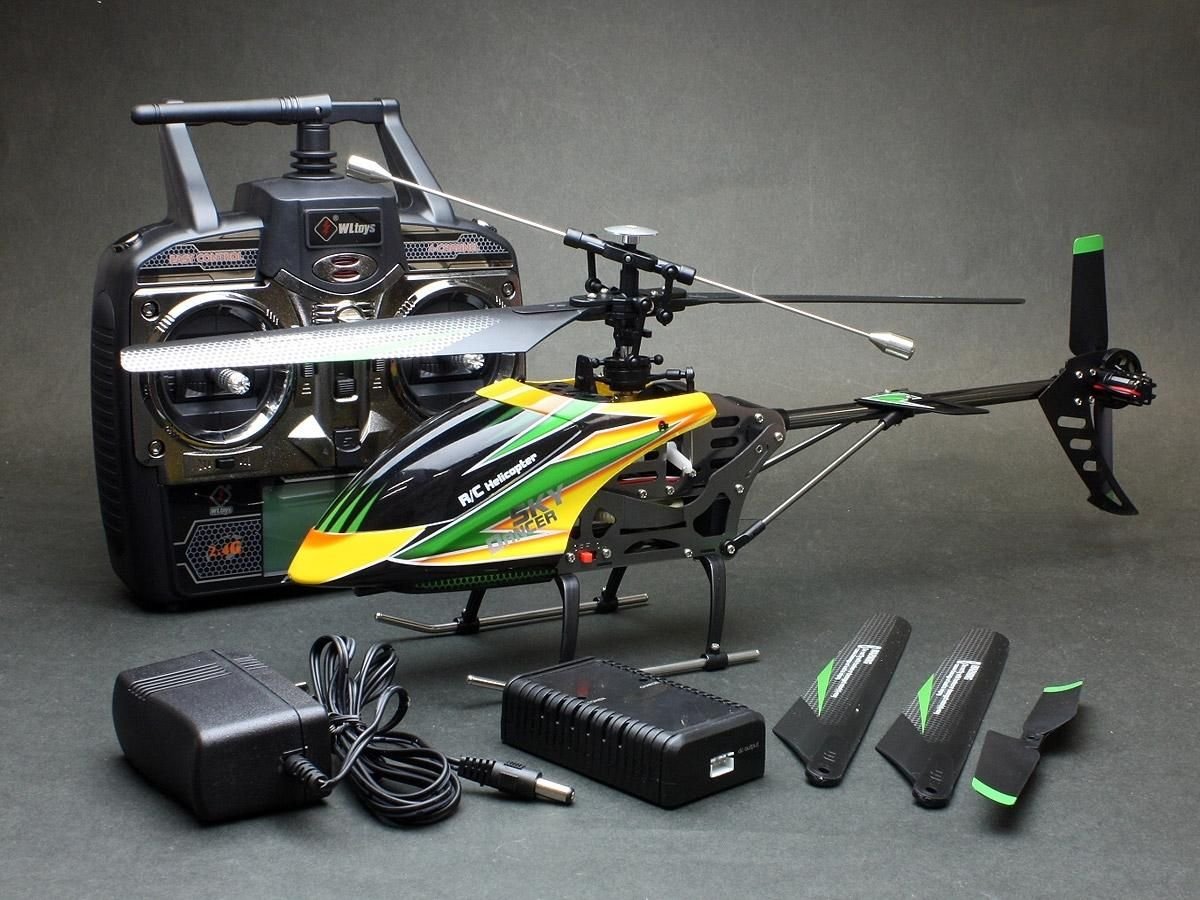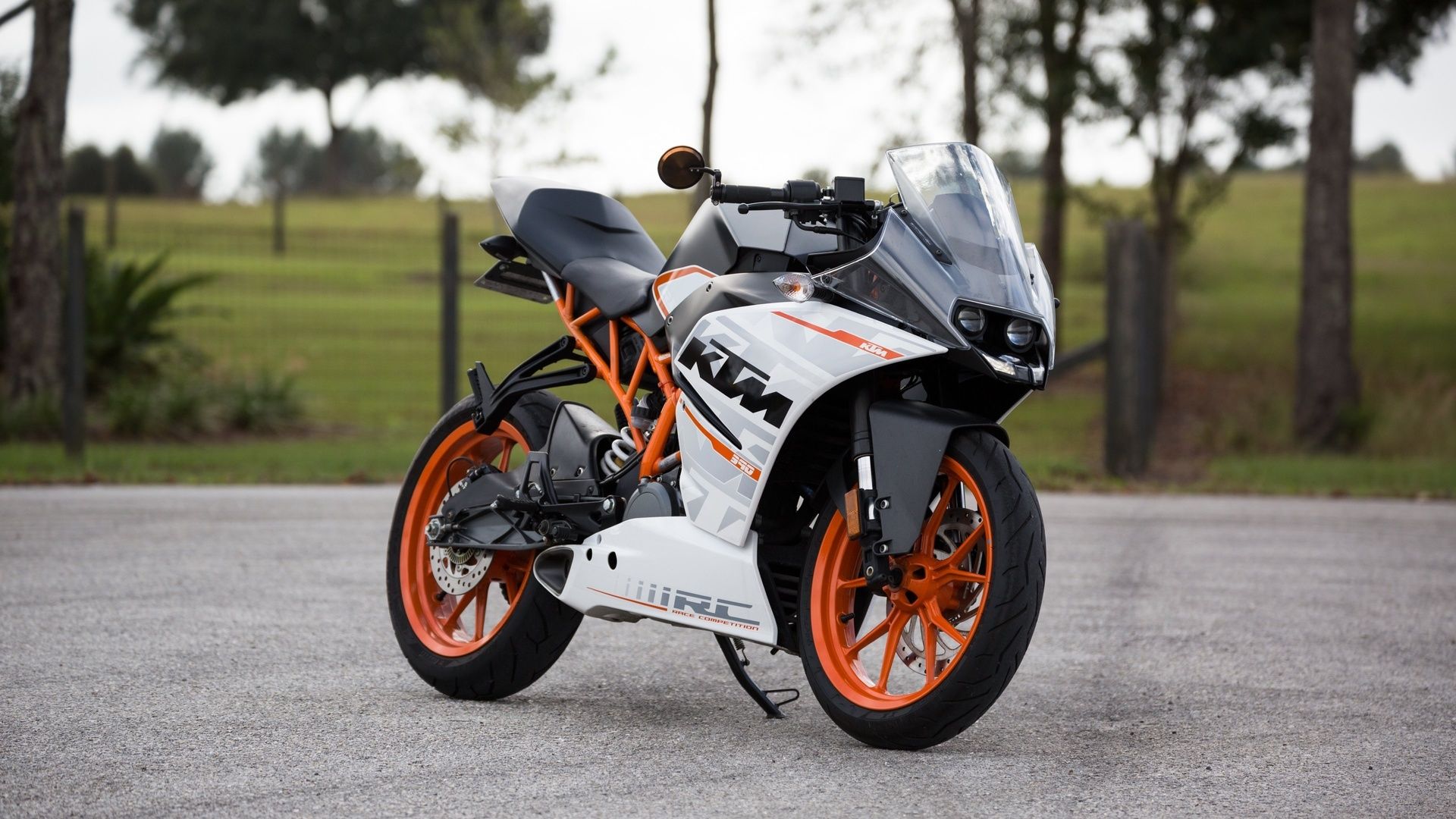Rating of the best judo kimonos for 2025
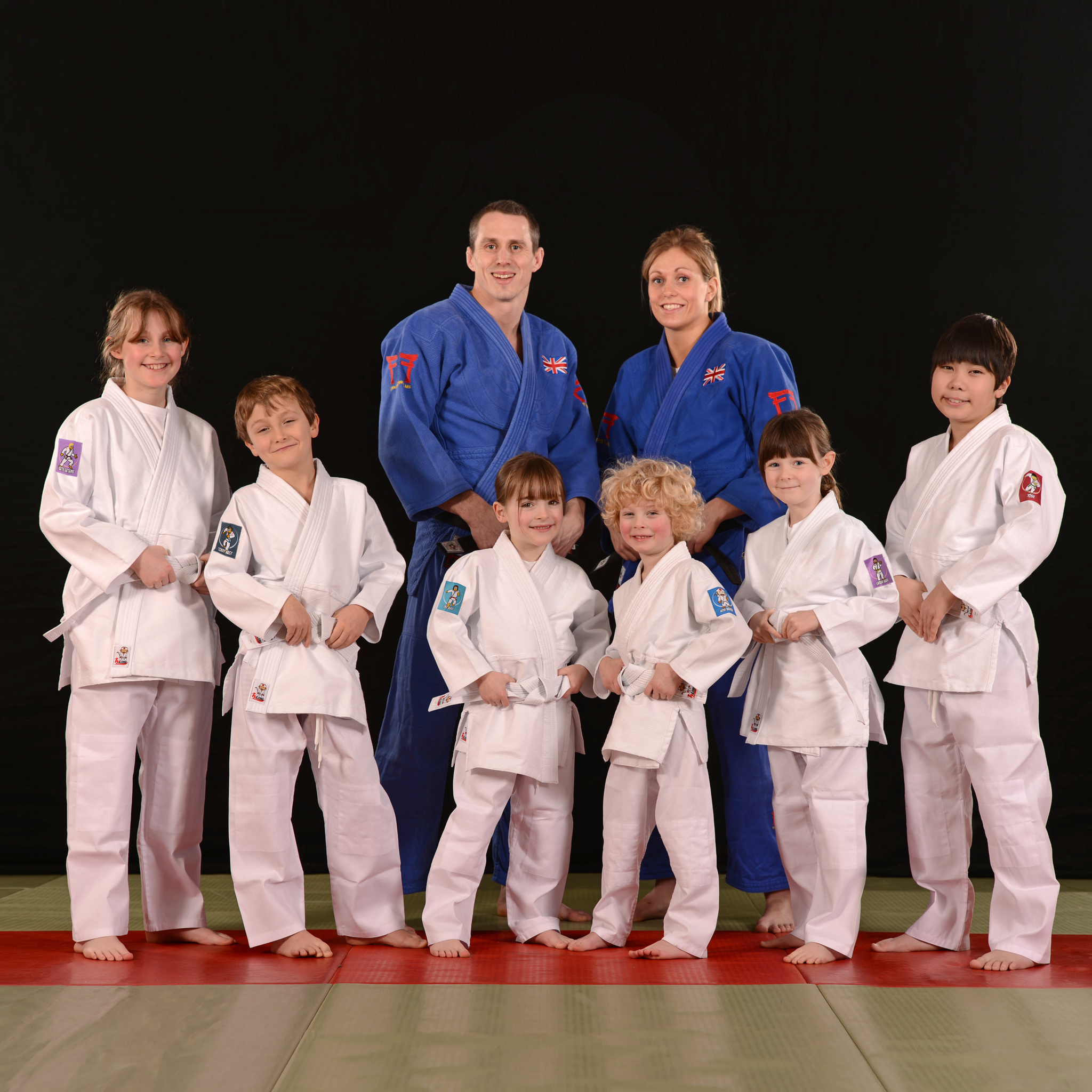
Judo classes require special equipment - a special sports kimono, which is not only a traditional judoka's attire, but also performs a practical function. There are two types of kimono for training and competition in judo (judogi): approved by the IJF (International Judo Federation) and designed for professional competitions, and the second option, for everyday practice and amateur judo.
The kimono is designed for an intense load - martial arts are based on such techniques as throws, trips. During training, athletes often grab their opponent by the edges of their sportswear, so it must have sufficient density so as not to tear. For this reason, clothes are sewn using a special technology from a particularly durable material. The strength differs not only in the material, but also in the seams.At the same time, despite the increased reliability, thanks to special processing, both the fabric and the seams remain soft, not rubbing the athlete's skin during active movements and falls.
Content [Hide]
Distinctive features and features of judogi
Judogi consists of a jacket (uwagi), wide trousers (jubon/shitabaki) and a belt (obi). Sportswear for competitions must have the following parameters:
- Density of the fabric. After the first wash and dry, the density of the fabric should be between 700 and 750 g/m².
- Sleeve length. To the wrist, a length of 5 cm above the point of the wrist is also allowed.
- Gate. The width of the gate should be 4 cm, the fabric itself is stitched with 4 lines.
- Jacket length (respect). If you lower your arms along the body, the edges of the jacket should be on a par with the brushes.
- Jacket width. The left side wraps over the right side by 20 cm, when measured in the lower part of the chest. At the same time, the distance between the fabric of the sleeve and the arm itself is at least 10-15 cm.
- Belt. The width is from 4 to 5 cm, and the length should be sufficient to wrap the athlete twice, and then tie it with a special knot. The free ends of the belt should hang down by 20 and 30 cm.
- The length of the jubon (trousers) is up to the ankle or 5 cm higher.
- Color. It is better to purchase a form of two colors, blue and white.
If the above rules are not followed, the effectiveness of training can be significantly reduced, even with slight discrepancies in the size of the collar or sleeves. In addition, according to tradition, there are additional rules for folding a kimono.
Obi (belt) color
The color is not selected randomly, it carries information about the level of professional development of the athlete, about what progress he has made in his training. Therefore, the belt is sold separately from the jacket and trousers. There are 9 types of belts in total, each of them can be obtained only after passing certification, testing knowledge, terms, techniques and other basics of judo.
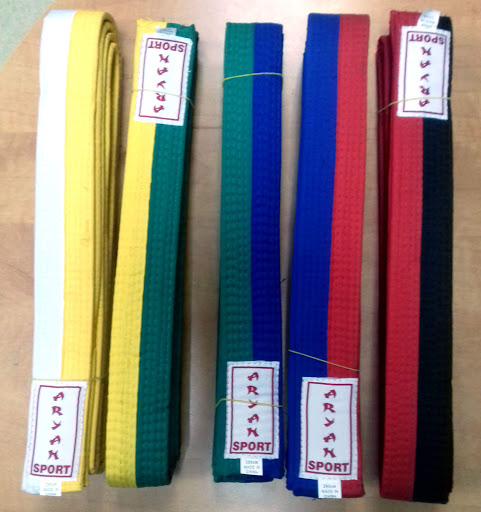
White. Means the beginning of the path, is a symbol of modesty, purity. At this stage of mastery, the basics of movement on the tatami are studied, as well as the methods of a safe fall and the principles of disturbing the opponent's balance.
Yellow. Receiving a yellow belt means the beginning of the study of basic techniques and techniques. Students learn the initial, simple techniques of attack, counterattack, defense, learn to control their opponent.
Orange. It is given when the athlete quickly and confidently performs the basic techniques (throws, grabs, sweeps, holds). Also, the student is given more sparring.
Green. A student who has reached this level begins to master more advanced wrestling techniques, throws over the head, sweeps, and various types of strangulation.
Blue. The so-called "cold" mastery - the student is still passionate, but his emotions are completely controlled. The owner of the blue belt knows and performs advanced combat techniques well, has a deep knowledge of the basics of this type of martial arts. The blue belt is usually owned by the CMS of Russia, as well as athletes of the first category.
Brown.The owner of the brown belt shows high efficiency in self-defense techniques, learns traumatic techniques, and also reaches a level where he is ready to compete with representatives of other types of martial arts. At this level there are masters of sports in judo.
Black. This is high professionalism, perfect mastery of all the complex techniques of attack, counterattack and defense. The black belt is worn by masters of sports of international class, as well as distinguished coaches.
Red and white. Awarded for contribution to the development of judo, as well as for pedagogical achievements and activities as a judge.
Red. The owner of the red belt completely completes the circle of judo philosophy.
Best Inexpensive Judo Kimonos
Atemi
votes 12
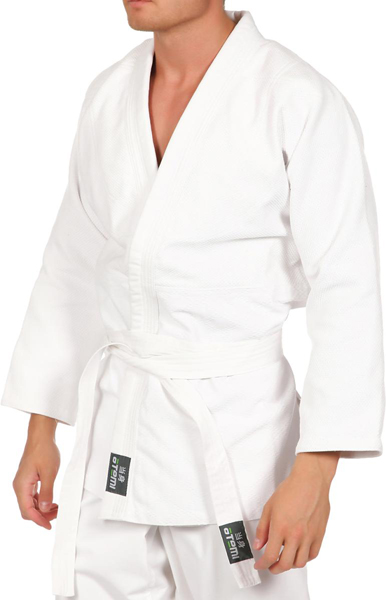
This is a Russian company engaged in the manufacture of sports suits for martial arts. The form is produced in blue and white, made of natural cotton, the density of the material is from 625 to 700 g/m². Such equipment can be used both in simple training and in competitions. For additional comfort and free movement during active training, side cuts are provided, thanks to which it becomes not only easier to move, but also to extricate yourself from the grip of an opponent. The sleeves of the jacket are one-piece, durable, so the judogi is well suited for any type of sparring and is not afraid of mechanical damage. In the manufacture of judogi, the company used special threads with a reinforced design, due to which the overall strength of the fabric is noticeably increased and the integrity of the product is maintained for a long time under loads of any intensity.
To preserve the original shape of the equipment, it is recommended to wash it at a temperature not exceeding 30 degrees, but it should be borne in mind that the fabric does not contain synthetics, so the shape shrinks slightly (up to 5%). The average cost is - 1,499 rubles.
- in the presence of a form for children and adolescents (for height from 100-120 cm);
- additional reinforcement of the sleeves, chest part of the jacket and shoulders;
- double seams;
- high-strength threads;
- density from 700 g/m².
- shrinkage by 5% with constant washing.
green hill
votes 11
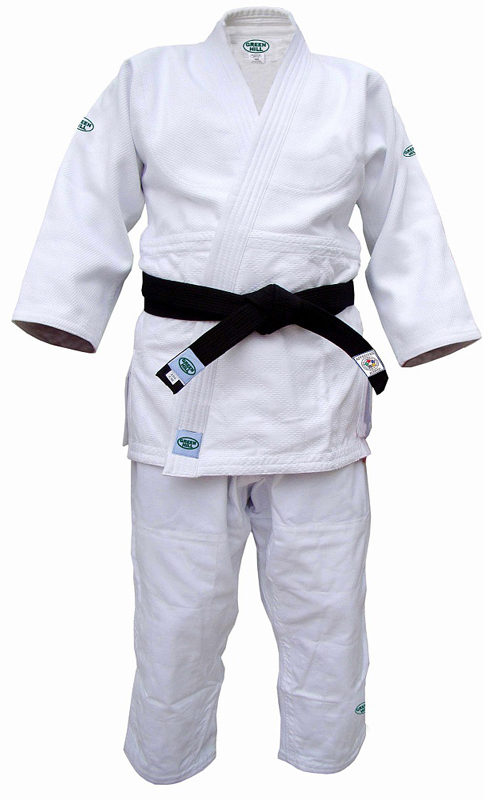
Judogi from a company that has been producing sports attire for practicing various types of martial arts (judo, karate, jiu-jitsu) for many years. Unisex kimono from Green Hill is made from natural 100% cotton, the fabric is embossed, dense (750 g/m²). Products are available in white and blue. The size range of products starts from 122 cm and ends at 170 cm. Models for professional use are also available, they have a special designation "Professional IJF Approved". In addition, there is a line of equipment for children and teenagers ("Beginner" and "Junior"). Products are certified by the International Judo Federation, which allows the use of kimono in sports of any professional level, even at the Olympic Games. The average cost is - 1,990 rubles.
- strong fabric;
- wearing comfort;
- suitable for any height;
- affordable cost;
- eco-friendly natural material;
- high density;
- there are models for children.
- gets dirty quickly due to the embossed surface;
- shrinkage after regular washes.
The best mid-range kimonos
Firuz
votes 12
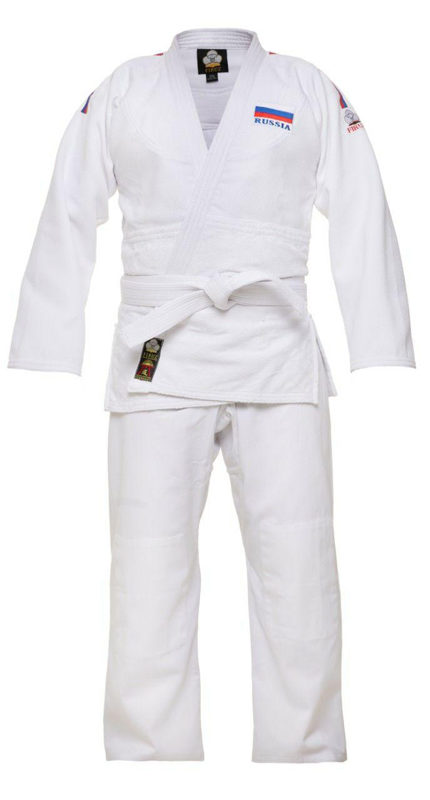
Men's model of a simple type for use in sports training in judo.The product is made of natural cotton fabric, the density of which is 650 g/m². At the same time, there are additional inserts on the knees of the trousers, the density of which is 350 g/m². Judogi seams are equipped with a braid that strengthens the suit from the inside, thanks to which the seams hold securely for a long time, do not diverge even during active sparring, intense movements, throws and grabs.
The catalog of the company has two colors - white and blue. Both options are suitable for solo training and practicing techniques on a dummy, as well as for fighting an opponent. As for sizes, the range starts from 100 cm (children's and teenage products) and ends with products for a height of 200 cm. The average cost is 3,320 rubles.
- attractive price;
- a wide range of available sizes;
- natural cotton;
- high material density.
- there are few products in the company's catalog intended for international competitions.
Mizuno
votes 17
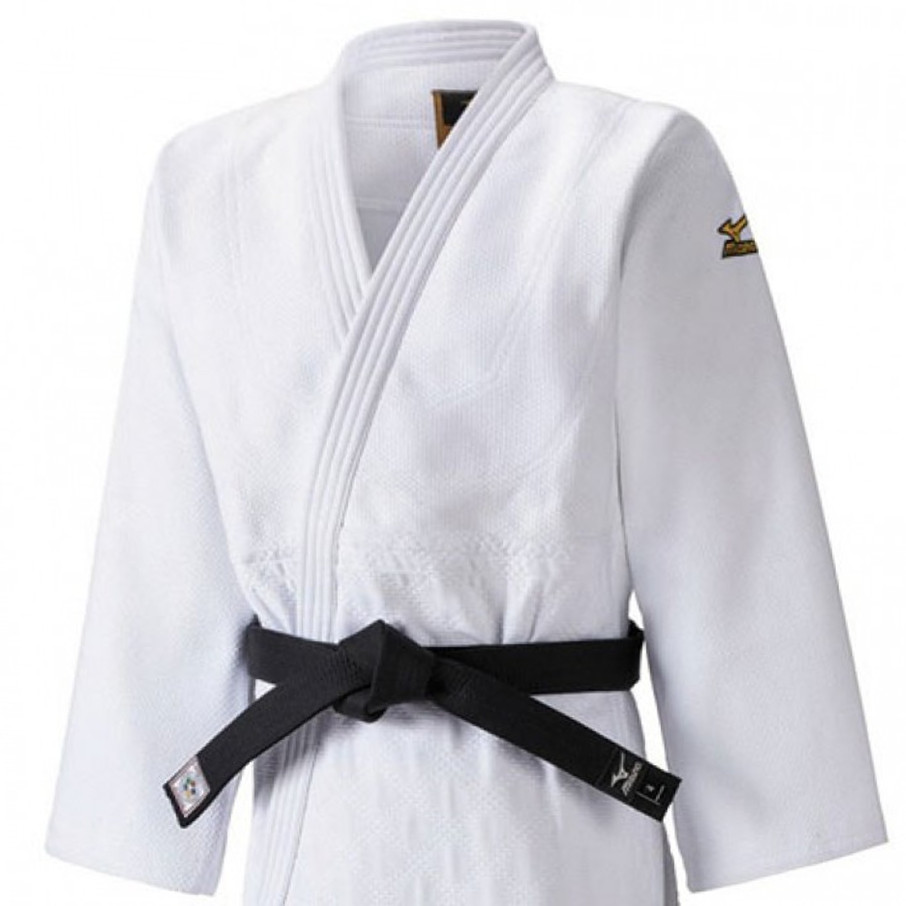
Products from the popular Japanese brand of sports uniforms are produced in classic white or blue designs. In addition to kimonos, Mizuno produces belts for judoists: users are provided with belts in six colors, corresponding to six levels of professional training. In the company's catalog you can find judogi for everyday training and for professional sparring. Models for competitions at the international level have the IJF logo, and the manufacturer's logo is located on the shoulder of the jacket.
Mizuno judogi are comfortable and comfortable for long workouts and competitions.The material of the products consists of 70% organic cotton and 30% polyester - this combination ensures high form strength and no shrinkage with regular washing. The fabric is pleasant to the body, wear-resistant, and with careful handling and proper care will last a long time. The density of the material is 750 g/m². The judogi pants have extra reinforcement at the knees.
Tailoring of uniforms for children, teenagers, as well as beginner athletes takes place in China and Pakistan. Sports equipment for adult professional judoists is sewn in Japan. The average cost is 3,500 rubles.
- persistent color, does not fade and does not shed;
- sits well, exactly on the figure;
- a wide range of sizes (from 150 to 200 cm);
- attractive cost.
- not detected.
Daedo
votes 2
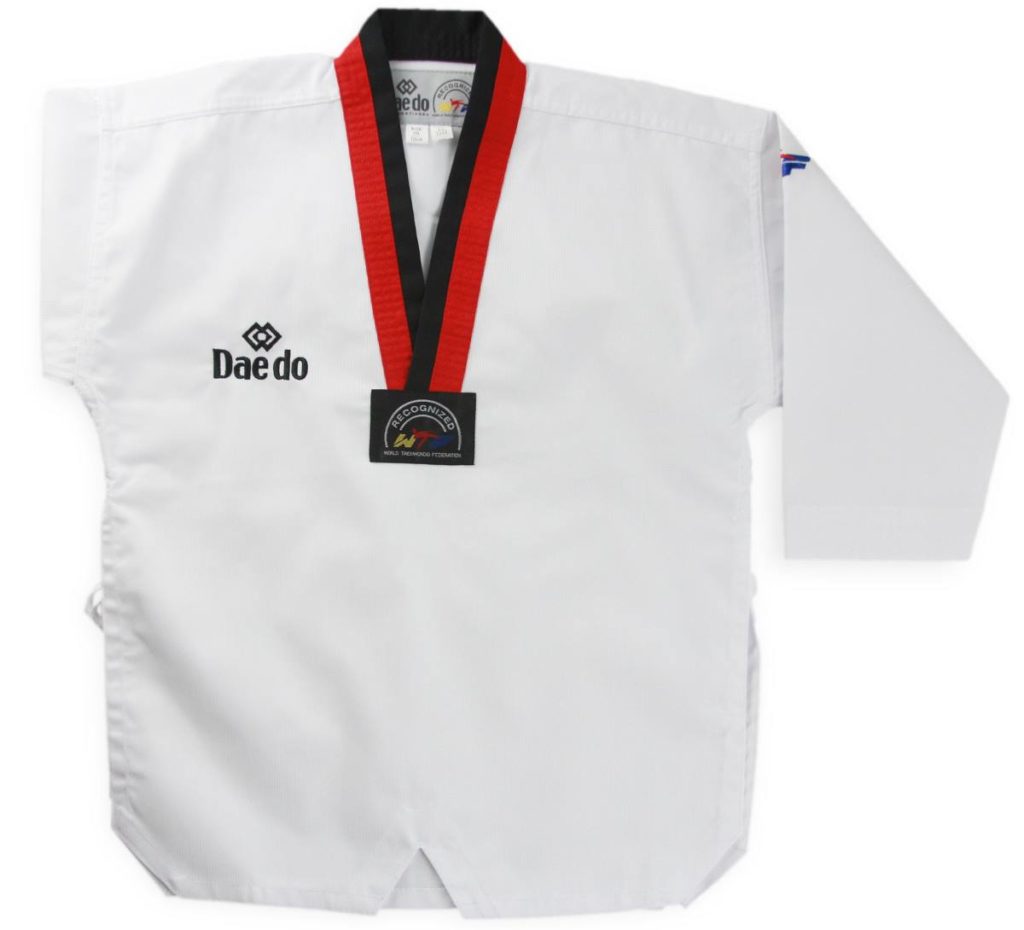
Professional judo uniform made entirely from organic cotton. The outfit is made in accordance with modern requirements and standards, thanks to which it was approved by the International Judo Federation. To prevent shrinkage of the form, the fabric went heat-treated. The material is made of durable interlaced threads (“Sashiko” weaving), there is additional reinforcement in the shoulder, chest and underarm areas. The density of the fabric is 720 grams, it has a relief and rough texture that does not allow the opponent to make a grab. The sleeves and collar of the jacket are also reinforced - they are stitched with a cotton tape, the width of which is 2.5 cm. The trousers are reinforced with special fabric inserts in the knee area. As for sizes, the catalogs include kimono models for heights from 150 to 200 cm. The average cost is 3,990 rubles.
- 100% cotton provides good ventilation, moisture does not linger;
- reinforced tapes in the collar and sleeves;
- durable fabric inserts on trousers;
- weaving of threads on especially strong technology "Sashiko".
- shrinkage after washing can be from 3 to 5 cm.
Kango
votes 2
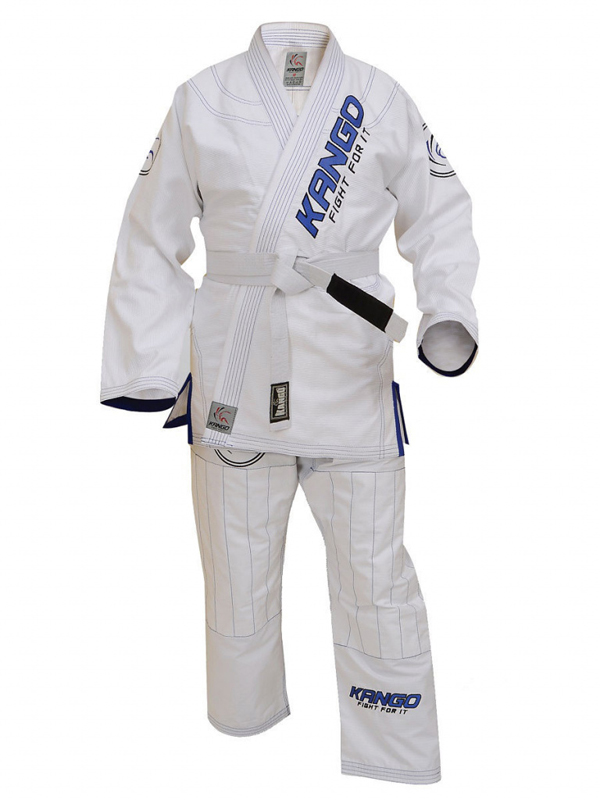
The company produces children's and adult kimonos from corrugated cotton, with a density of 350 to 750 grams. The size range includes products for heights from 110 to 200 cm, while judogi models for children are equipped with a belt. As for the color, the products are made in a classic white and blue design, brand logos are located on the chest and left side of the trousers. The shoulder area of the jacket, as well as the armhole, are reinforced with special seams, thanks to which the equipment is not afraid of the athlete's sudden movements, opponent's grabs and throws. It is recommended to wash the product at a temperature not exceeding 40 degrees. The average cost is - 4,000 rubles.
- natural cotton is pleasant to the body and absorbs moisture well;
- full compliance with the sizes;
- a belt is included in the set for children's costumes;
- a wide range of products for any height;
- high quality material;
- reliable, strong seams.
- not detected.
Outshock
votes 1

Basic model for a beginner athlete. Differs in ease, durability, density of material – 440 g/m ². Available in blue and white, made from 100% cotton. The fabric provides the flexibility of the equipment, does not hinder the movements of the judoist, while the kimono is resistant to stretching - the shape has reinforcements in the area of especially intense impact.The size range includes products from 160 cm to 200 cm, but when buying it is recommended to choose a larger product, as it will shrink after washing. Wash judogi should be in the delicate wash mode, no more than 600 rpm, and the first wash is best done in cold water. The average cost is - 4,000 rubles.
- base model;
- pleasant fabric;
- naturalness and environmental friendliness;
- suitable for beginners;
- variety of sizes;
- attractive cost.
- not found.
Adidas
votes 12
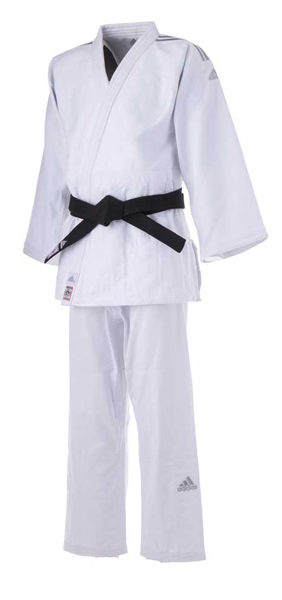
Sports equipment from a German brand, designed for judo, and made in several colors - white, blue, black, and also combined. This form is suitable for normal daily training, as well as for professional competitions. The size range includes all possible and popular sizes, from products intended for children and teenagers (height from 130 cm) to adult users up to 2 m tall. The density of products also differs in variability - in the company's catalogs you can find kimono models with a density of 350, 500 , 630, 700 and also 930 g/m².
All products are made from natural material (cotton), without the addition of synthetic fibers. Models with the logo of the International Judo Federation fully comply with modern world standards and have an IJF certificate. Adidas products are highly famous and in demand, equipment is sold in any specialized store. The average cost of vestments is 4,500 rubles.
- light and comfortable suit;
- high density fabric;
- the roughness of the material makes it difficult for the opponent to capture;
- the perfect combination of price / quality;
- shrinkage after frequent washes;
- products are IJF certified;
- attractive cost.
- not detected
The best premium kimonos
4 HIKU
votes 8
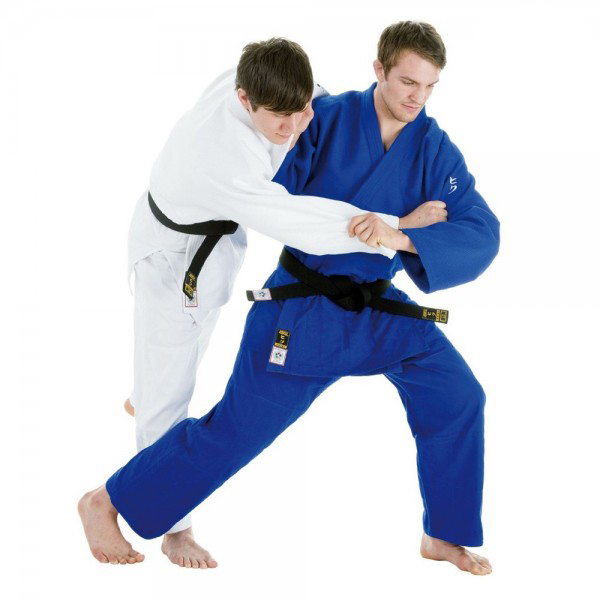
Universal model of a professional sports uniform for use in competitions and training. Judogi is made in accordance with the standards of the International Judo Federation. Kimono 4 HIKU is distinguished by its durability, high quality tailoring, and high strength of the material. In the manufacture of the form, Shashiko fabric is used, the density of which is 750 g / m². This material contains synthetics (30%), due to which the wear resistance of the product increases and, accordingly, its service life is extended. The collar of the jacket is stitched with four lines according to judo standards, the areas of the shoulders, chest and knees of the suit are additionally reinforced. The kit includes a backpack for storing and carrying the form. As for sizes, all models are designed for adults with a height of 150 cm, there are no options for equipment for children. The average cost is - 7,500 rubles.
- good quality fabric;
- high level of strength;
- long service life;
- comfortable backpack included;
- compliance with IJF requirements;
- value for money.
- no kids sizes.
KUSAKURA
votes 5
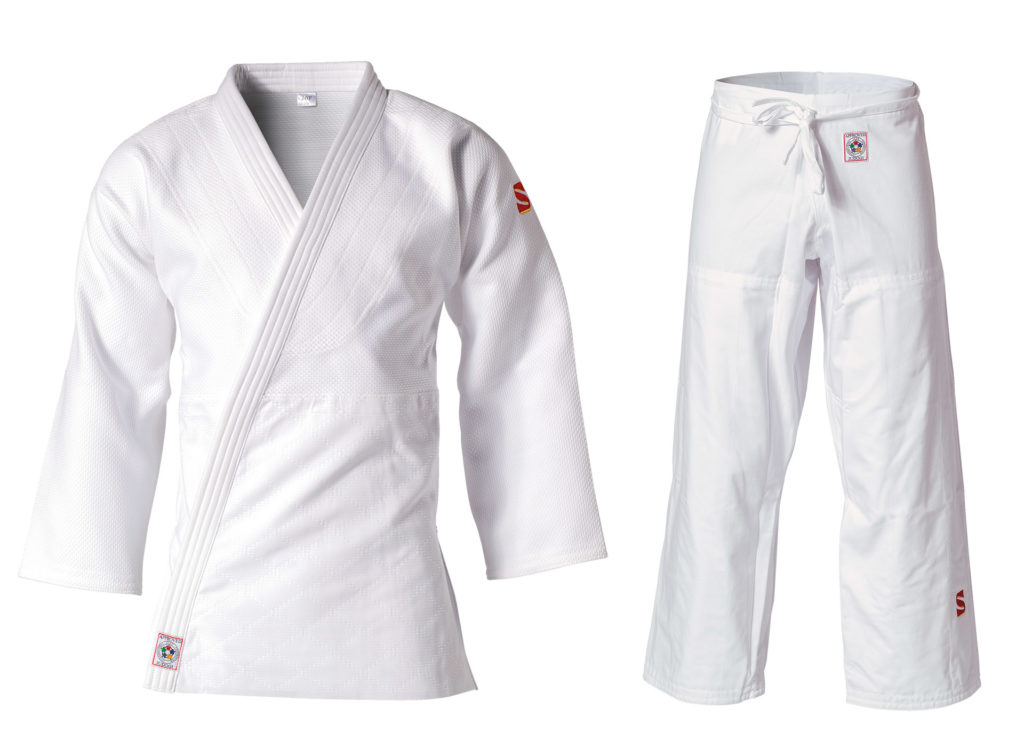
A popular kimono model from a well-known Japanese manufacturer. Perfectly suited for major international competitions, fully complying with modern requirements and IJF standards. The KUSAKURA form is reliable, strong, has a high quality of tailoring and is durable.The material consists of 70% cotton and 30% polyester, with a fabric weight of 750 g/m². The outfit is available in two colors, blue and white. The size range starts from 153 cm and ends at 192 cm, so KUSAKURA judogi is intended for teenagers and adult athletes. The average cost is - 22,500 rubles.
- body-friendly material;
- a minimum of synthetics in the composition;
- strong and reliable seams.
- there are no children's options in the size range;
- high price.
How to choose the right kimono
Judo equipment must comply with martial arts traditions, meet certain requirements and standards of the International Judo Federation. If the form does not meet the canons recognized in judo, the athlete may not be allowed to compete or be disqualified, since even small differences in the size of the jacket or trousers can give the opponent some advantage. For this reason, the choice of form should be approached with special attention and care, because every detail is important here.
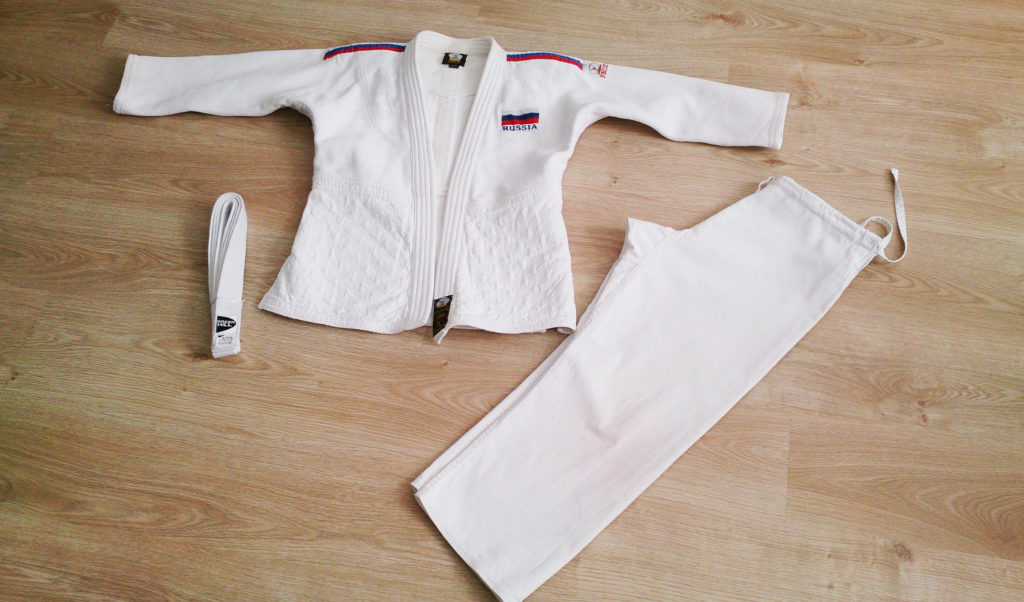
When trying on the chosen vestment, you should pay attention to how the parts of the equipment sit:
- the collar should be well processed so as not to injure the skin of the neck during training, do not rub or cause discomfort;
- the lower part of the jacket (uvag) should reach the wrists of the hands lowered along the body;
- the left side of the jacket is wrapped on the right side exactly 20 cm (measured in the lower part of the chest);
- sleeve length is plus or minus 5 cm from the wrist;
- the length of the trousers is plus or minus 5 cm from the lower leg, and the width of the trousers is desirable with a margin of 10-15 cm;
- the belt should be of such length that it can be wrapped twice around the waist and tied, leaving loose ends 20 to 30 cm long.
Color. The traditional color of the judo kimono is white, but for normal everyday competitions it is recommended to use a practical blue uniform. To participate in the tournament, it is mandatory to have equipment of two color options.
The size. It is best to buy a uniform with a small margin, but the main thing here is not to overdo it, since it is easier for an opponent to grab hold of wide sleeves or legs. Comfort remains the main factor - equipment should not injure the skin or restrict movement. If the product is made of pure cotton, you need to remember that when washing it will shrink from 3 to 10 cm.
Material. The traditional judo kimono is sewn from natural cotton, the presence of synthetic fibers is also allowed (from 25% to 40%). Pure cotton is breathable, absorbs moisture, but wrinkles a lot. The cotton-polyester material does not wear out as quickly and is more elastic.
There are two types of fabric for judogi:
- with a single weave of threads - it is well ventilated, but when washed it can give noticeable shrinkage, and also wears out quickly;
- with a double weave - differs in density, retains its original shape well, but passes air less well.
Density. It is measured in grams per square meter. The density of the jacket is usually higher than that of trousers, since the higher this indicator, the more difficult it is for the opponent to grab onto the fabric. However, the rigidity of the material directly affects the weight of the form, which can cause inconvenience: a heavy suit can cause a decrease in the speed of movements, a decrease in dexterity, reactions, and a rapid appearance of fatigue.Judo coaches recommend that you adhere to the following parameters:
The permissible density of the material of children's suits should be from 250 to 350 g/m²;
- Judogi for teenagers - from 500 to 700 g / m²;
- For adult judoists - from 750 to 1000 g / m².
When choosing children's clothing, you can follow the same rules as when choosing equipment for an adult athlete. The only significant difference is in size: children grow quickly and it is necessary to change uniforms frequently, making sure that the length of the jacket and trousers fully correspond to the height of the young athlete.

It is important not only to choose judogi according to size, tailoring quality and material density, but also to properly care for your equipment. After each training, it is necessary to wash the kimono, and in no case wear an untidy uniform - this kind is a sign of extreme disrespect for the opponent.
new entries
Categories
Useful
Popular Articles
-

Top ranking of the best and cheapest scooters up to 50cc in 2025
Views: 131660 -

Rating of the best soundproofing materials for an apartment in 2025
Views: 127698 -

Rating of cheap analogues of expensive medicines for flu and colds for 2025
Views: 124525 -

The best men's sneakers in 2025
Views: 124042 -

The Best Complex Vitamins in 2025
Views: 121946 -

Top ranking of the best smartwatches 2025 - price-quality ratio
Views: 114985 -

The best paint for gray hair - top rating 2025
Views: 113401 -

Ranking of the best wood paints for interior work in 2025
Views: 110327 -

Rating of the best spinning reels in 2025
Views: 105335 -

Ranking of the best sex dolls for men for 2025
Views: 104374 -

Ranking of the best action cameras from China in 2025
Views: 102222 -

The most effective calcium preparations for adults and children in 2025
Views: 102016
